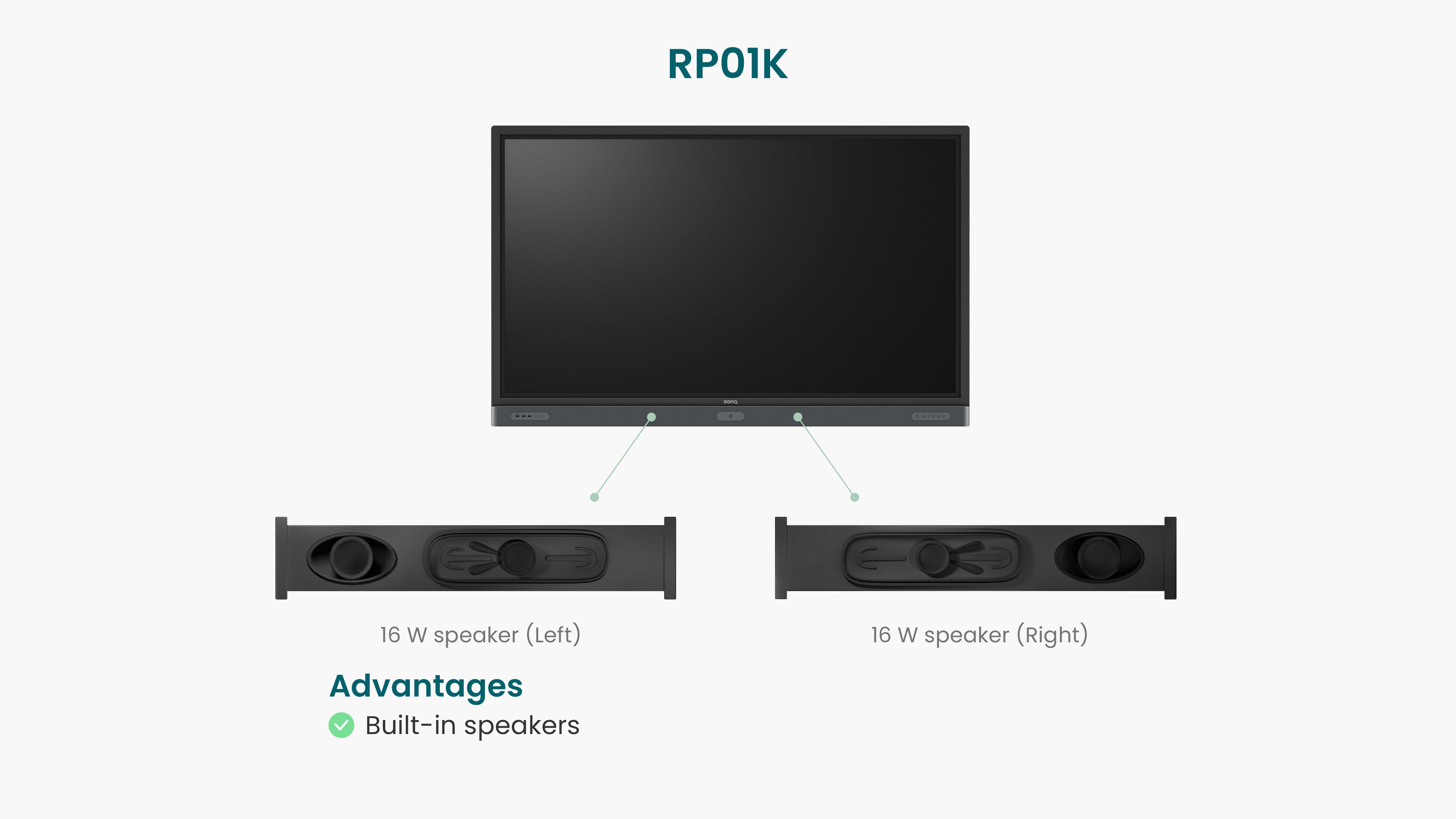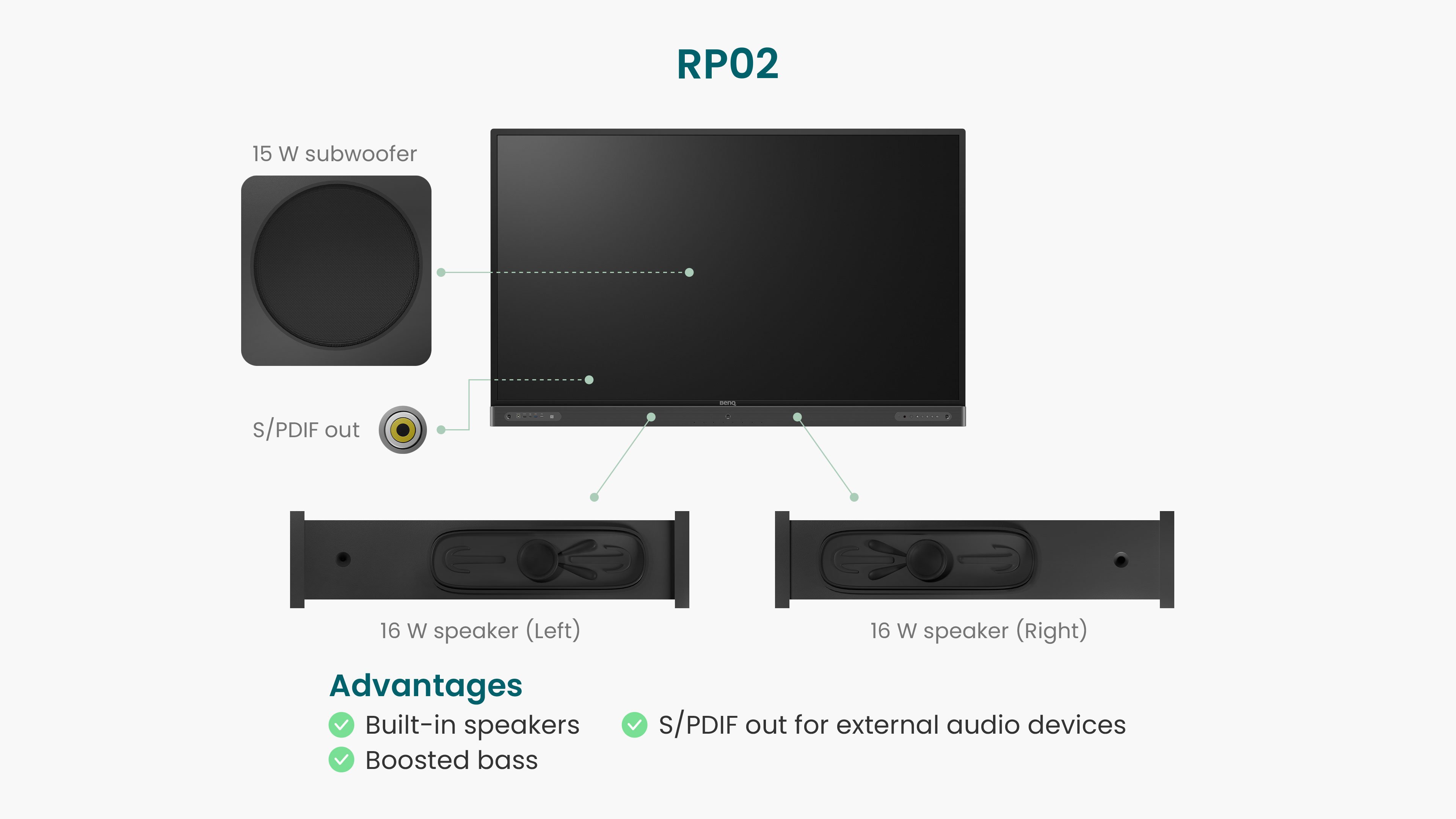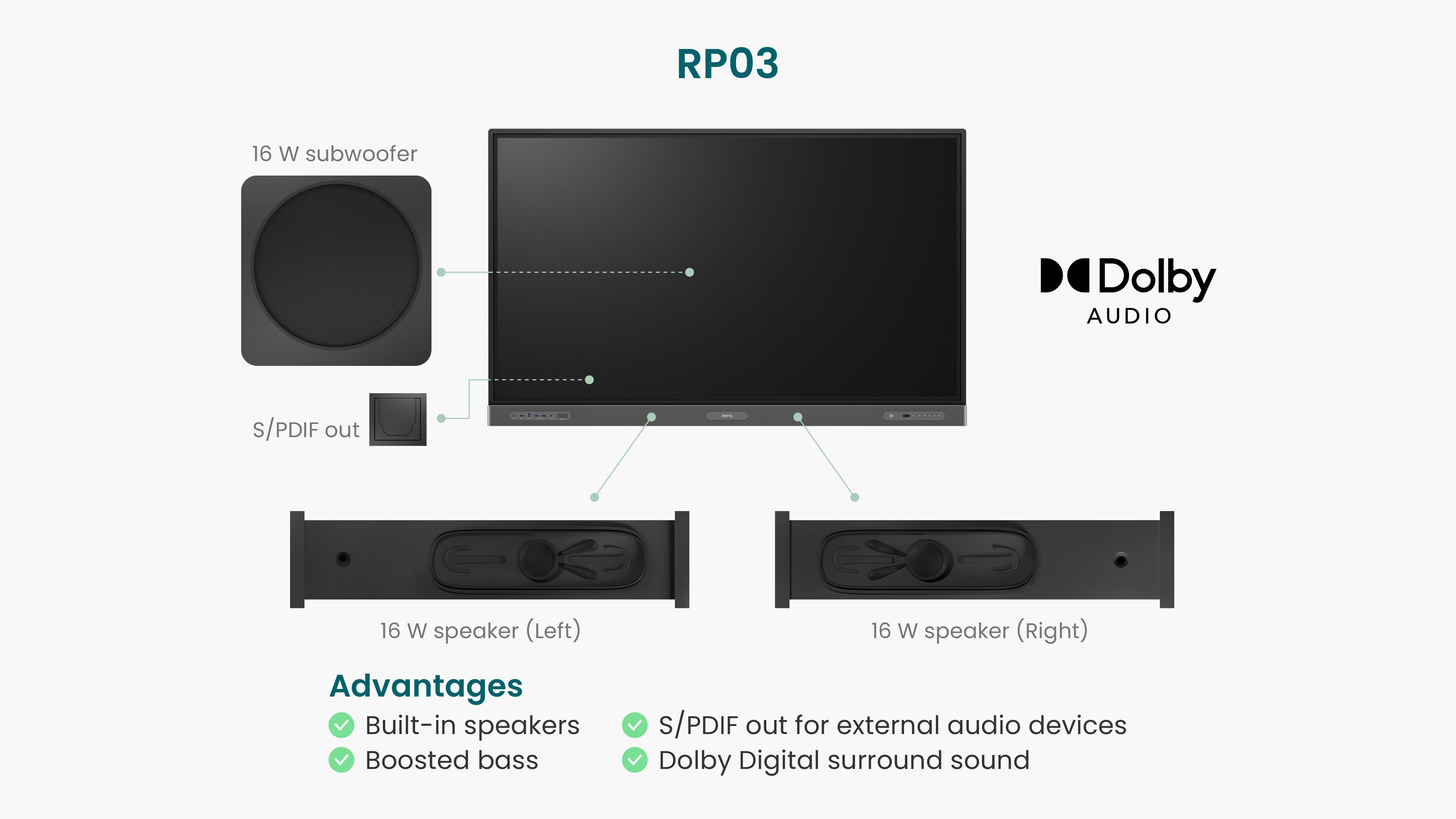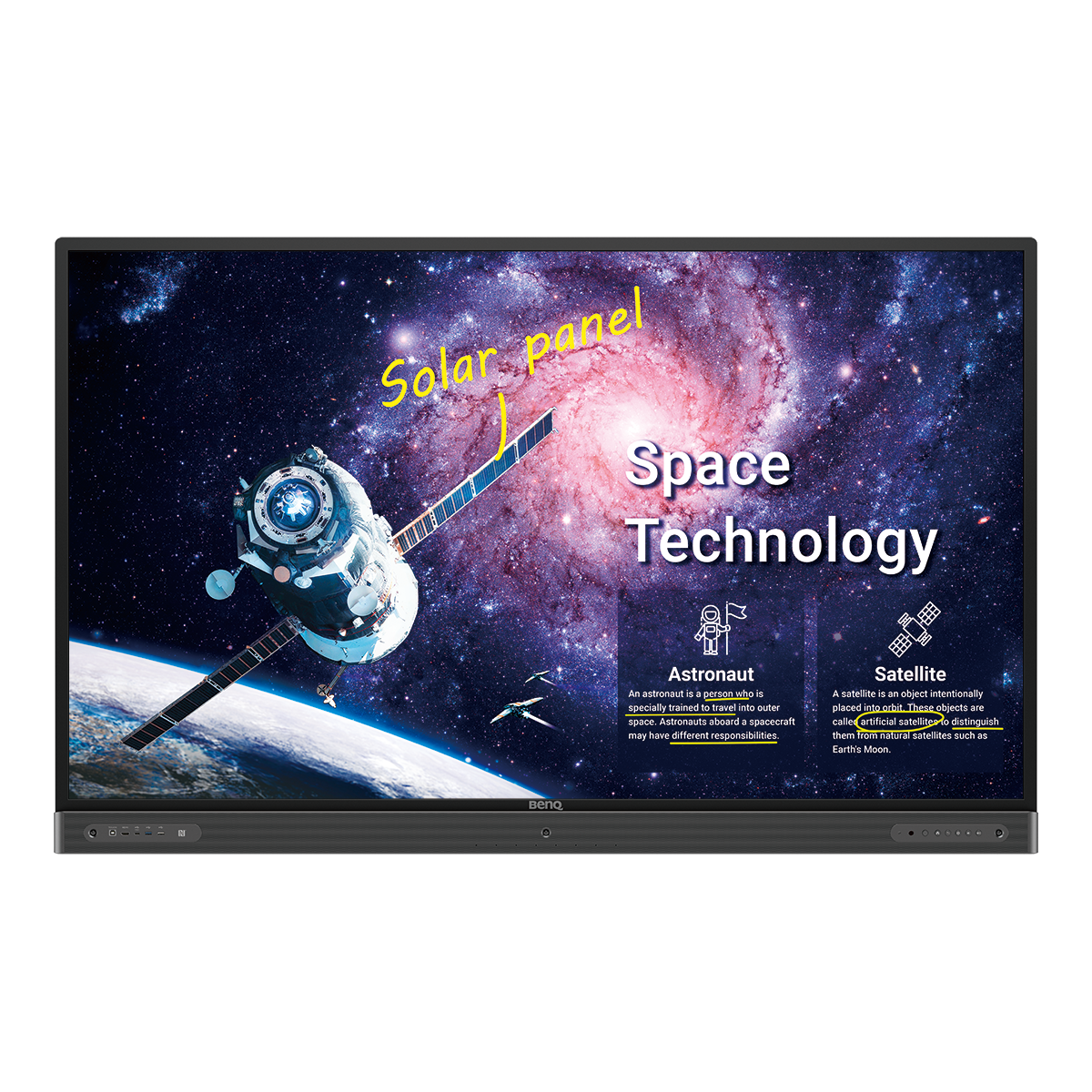When selecting display solutions for their classrooms, many schools limit their search to a common set of video specifications. They carefully consider the screen resolution, color, and brightness, often overlooking a very essential part of the overall learning experience—the audio.
The Importance of Audio in Learning
In terms of educational technology, a lot of weight is placed on visuals. Schools tend to gravitate towards solutions because of their whiteboarding and presentation features, with audio playback becoming an afterthought. Perhaps this is a result of studies repeatedly showing how students retain visual information better over longer periods of time.1 Although this may be true, it should not be enough to dismiss the importance of aural cues and verbal instructions.
During actual classes, researchers found that students tend to retain auditory memory a few seconds longer than visual memories.2 This is very crucial for the understanding and real-time processing of information. While presenting visual aids during lessons is an effective way to pique students’ interest in the subject matter being taught, supplementing the lesson with audio helps increase their memory retention and comprehension.


Unfortunately, around 14.9% of young students already experience mild hearing loss before they turn nine years of age.3 In classrooms, if the speaker or audio source is more than three feet away from where they’re seated, these children are bound to miss about 10% of audio details and instructions.4 According to physicians, this is enough to affect the way they communicate in class and also bring down their scholastic performance.5
This problem is also compounded when a classroom has poor acoustics.6 When both the teacher and their audio materials need to compete with the ambient noises coming from inside and outside the classroom, it’s harder for students to hear instructions and concentrate on the audio. According to a review done by The Acoustical Society of America, students with normal hearing can only understand around 75% of what they hear during lessons because of poor sound conditions in classrooms.7
Schools that use audiovisual content as part of their regular classes need to invest in improving their classroom acoustics and acquiring educational technologies that offer not just high-quality video, but also crisp, clear audio.
The BenQ Dolby Digital Plus Advantage
Knowing the importance of audio in classes, we fitted our first-generation BenQ Board, the RP01K, with built-in speakers, which allow teachers to play audiovisual files directly from the board without requiring them to plug in other external audio devices.
For the RP02, our second-gen BenQ Board, we added a soundbar, which includes two front-facing 16-Watt speakers. This ensures that sound is directed towards the class. The RP02 also has a 15-Watt subwoofer at the back of the display, which produces sounds at a lower frequency, allowing listeners to experience boosted bass. Audio comes out fuller and more pronounced.
Our latest BenQ Board Pro RP03 is Dolby-certified. It uses Dolby Digital Plus™ technology, which guarantees a more distinct and dynamic soundscape. Although many interactive displays have built-in speakers and subwoofers that promise loud and clear audio quality, the overall sounds they produce are still flat and one-dimensional. With Dolby Digital Plus on the RP03, sound is effectively dispersed through different channels, giving the audio more depth and making sounds “move”.
Audio advancements on the BenQ Board
Audio advancements on the BenQ Board
When playing Dolby-encoded audiovisual content on the latest-generation BenQ Board Pro, its Dolby Digital Plus technology can identify the separate sound signals found in the original audio file. It then plays them through different channels, distributing the sounds accordingly. This creates a richer, livelier, and more immersive soundscape, perfect for playing movies and documentaries in class. This feature is also highly advantageous for multimedia, film, and music classes, where audio mixing and sound levels are more critical.
Like its predecessor, each RP03 comes with an S/PDIF audio out port, allowing you to connect your BenQ Board to an external Dolby® surround sound system, such as the ones often installed in AV rooms and lecture halls. Doing this lets you extend the sound from your board to all corners of the room, giving much larger classes the full immersive audio experience.
With the BenQ Board Pro, not only do you get 4K flicker-free visuals, you also enjoy the benefits of having clear and dynamic sound. For more information on our BenQ Boards’ audio specifications, check out the related products below.
References
- Lindner, K., et. al., “Visual versus auditory learning and memory recall performance on short-term versus long-term tests”, Modern Psychological Studies, Vol. 15, No. 1, 2009, p. 39-42.
- Sams, M., et. al., “The Human Auditory Sensory Memory Trace Persists about 10 sec: Neuromagnetic Evidence”, Journal of Cognitive Neuroscience, Vol 5, No. 3, 1993, p. 363-370.
- Elbeltagy, R., “Prevalence of Mild Hearing Loss in Schoolchildren and its Association with their School Performance”, International Archives of Otorhinolaryngology, January 2020, vol. 24, p.93-98.
- Ibid.
- Ibid.
- “Classroom Acoustics”, The American Speech-Language Hearing Association (ASHA), https://www.asha.org/public/hearing/Classroom-Acoustics/, last accessed, 31 January 2023.
- Classroom Acoustics I, The Acoustical Society of America, 2000, p.1.





